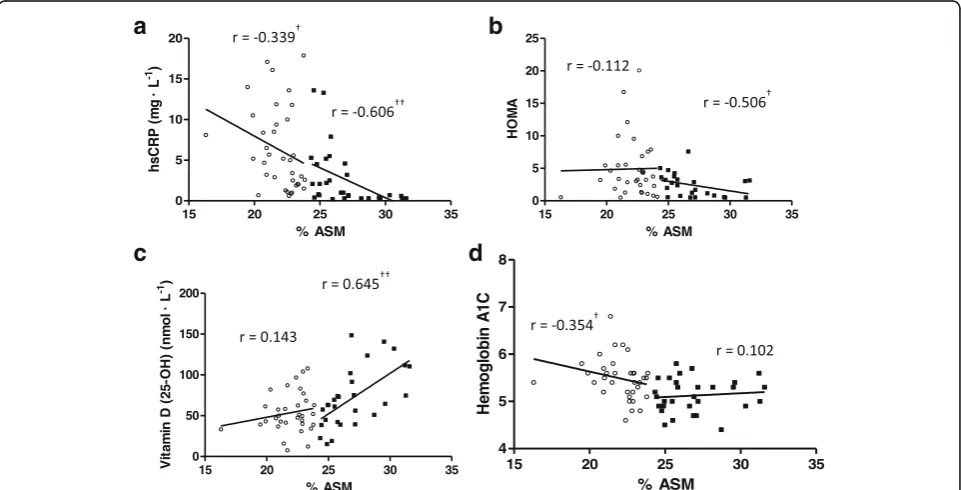Polycystic ovary syndrome is a risk factor for sarcopenic obesity: a case control study
Full text
Figure



Related documents
If liquisolid system of a solid water-insoluble drug is to be formulated, it should be initially dissolved or suspended in a suitable non-volatile solvent system to
Catalysts based on iron oxides, vanadium oxides, and molybdenum oxides were studied because of their industrial importance to the water-gas-shift and partial- oxidation
The unemployed women in the Waverley Survey who wanted to work part- time were asked to indicate their preferred pattern of hours. 20%) are commonly paid to casual part-time
Arguing with People brings developments from the field of Argumentation Theory to bear on critical thinking in a clear and accessible way.. This book expands
MSF and CSM models could follow the trend of experimental data with reasonable accuracy, however, there are some discrepancies. Figure 6 shows time-averaged
23,24 Study the effect of release media and agitation rate on drug release profiles To study the effect of release media on the drug release profiles and to assure a
In contrast to classic mechano-transducers of matrix mechanics such as actin assembly-dependent serum response factor (SRF) signaling, a novel mechano- repressive role of NKX2.5
For those commencing on CPAP, the odds of major adverse outcomes in the CPAP-F group were found to be twofold to threefold higher than the CPAP-S group at 25 to 28 weeks’